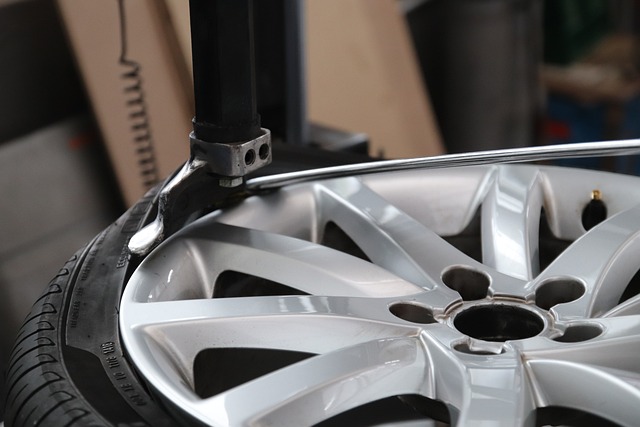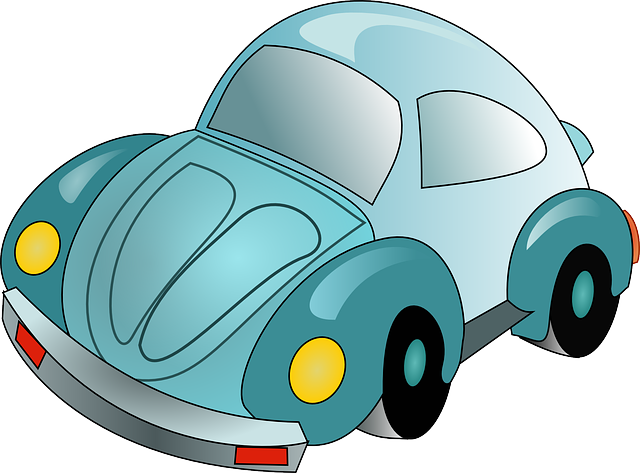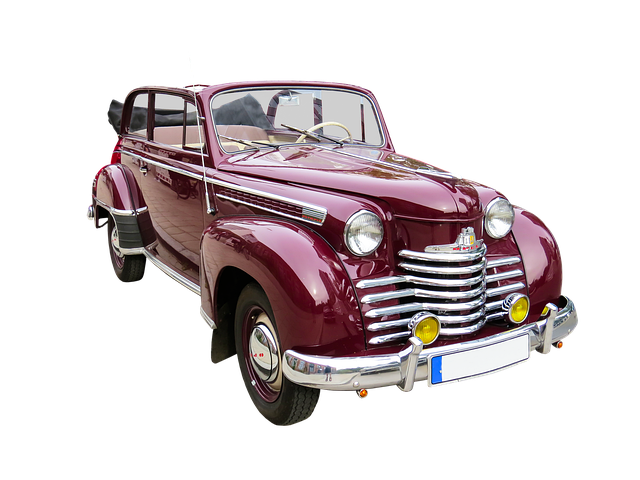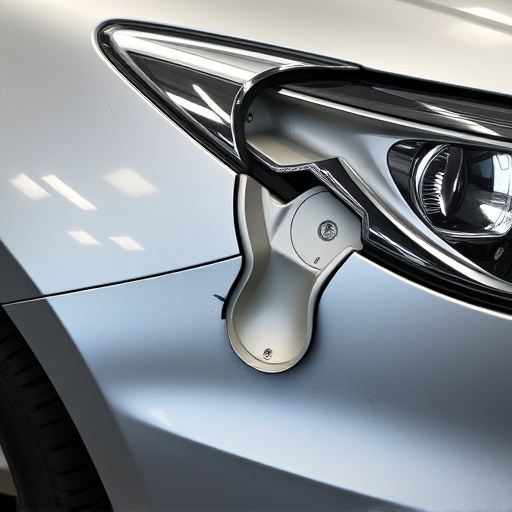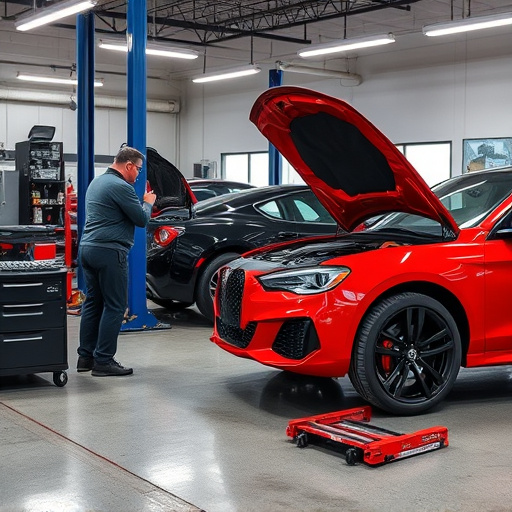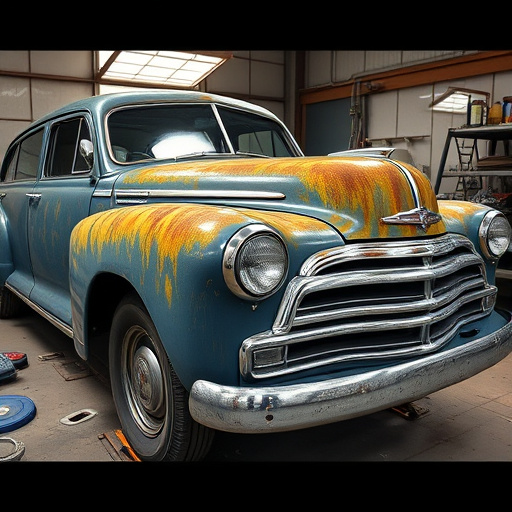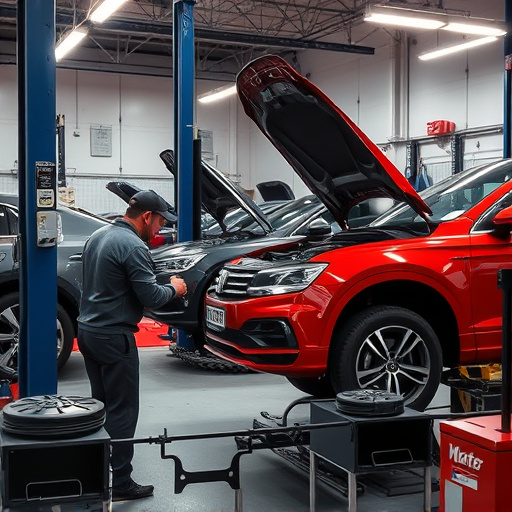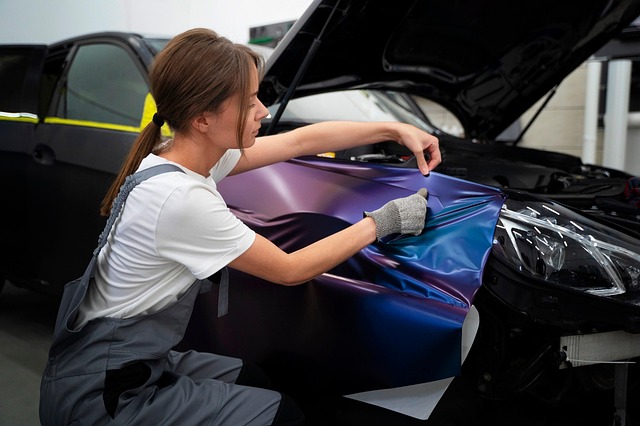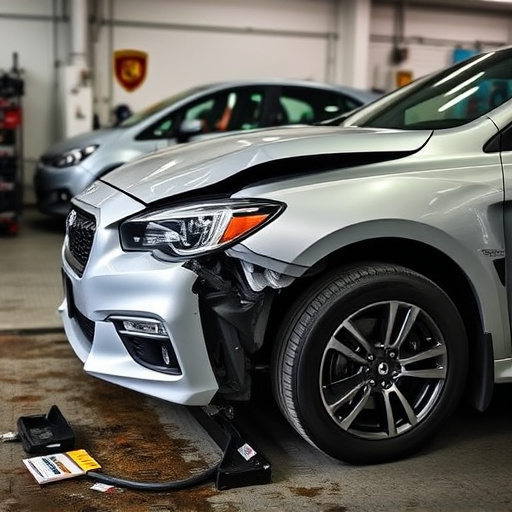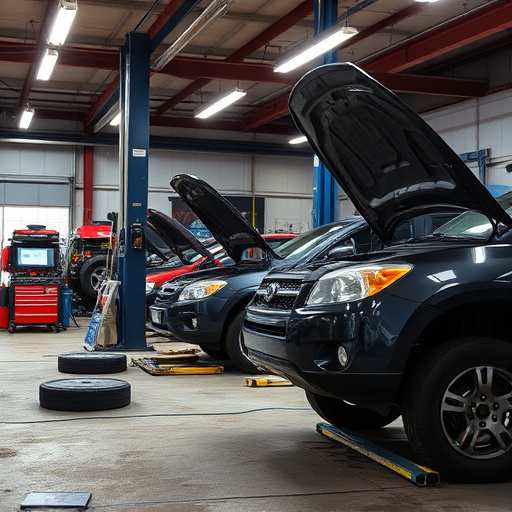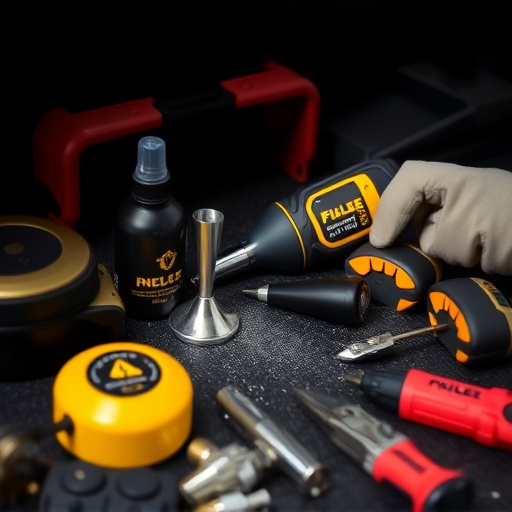Digital frame measuring tools are essential in automotive and vehicle body repair, offering precise software and hardware solutions for evaluating damage. These technologies, including 3D scanners and laser sensors, enable non-invasive inspections, accurate measurements, and detailed documentation of car damage, revolutionizing collision repair processes. Software applications cater to various skill levels, from basic DIY tools to advanced programs with grid alignment and data export for professionals, while hardware options range from manual rulers to Bluetooth devices for enhanced precision in workshops or on-site repairs.
In today’s digital era, accurately measuring frames is crucial for both professional and DIY projects. This article compares digital frame measuring software and hardware options, helping you choose the right tools. We’ll delve into the definitions and types available, analyze popular software pros, cons, and user experiences, and explore hardware precision versus convenience. Whether you’re an architect, designer, or enthusiast, understanding these options is key to achieving accurate measurements for your next project.
- Understanding Digital Frame Measuring Software and Hardware
- – Definition of digital frame measuring tools
- – Types of software and hardware available
Understanding Digital Frame Measuring Software and Hardware
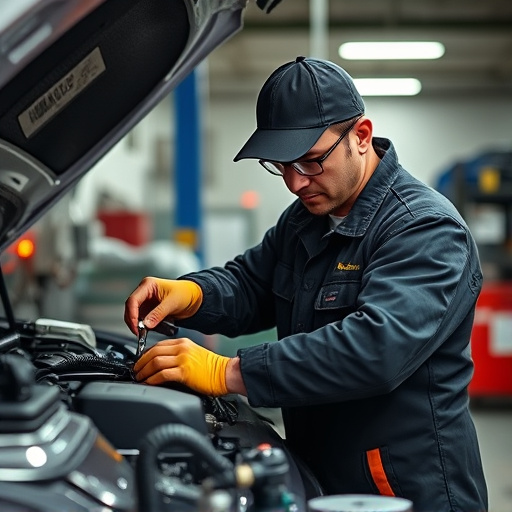
Digital frame measuring software and hardware are essential tools for various industries, including automotive and vehicle body repair. These technologies enable precise measurements and assessments of damaged components, aiding in efficient repairs and ensuring high-quality outcomes. In the context of vehicle body repair, digital frame measuring systems offer a modern approach to traditional measurement methods, allowing technicians to capture detailed data about car damage repair needs quickly and accurately.
The software component of these systems provides an intuitive interface for users to input and analyze data, often featuring advanced algorithms that can detect even subtle deformities. This is particularly beneficial in automotive collision repair, where precise measurements are crucial for restoring vehicles to their pre-accident conditions. By combining digital frame measuring software with specialized hardware, such as 3D scanners or laser sensors, professionals can non-invasively inspect and document car damage, streamlining the entire repair process from assessment to final restoration.
– Definition of digital frame measuring tools
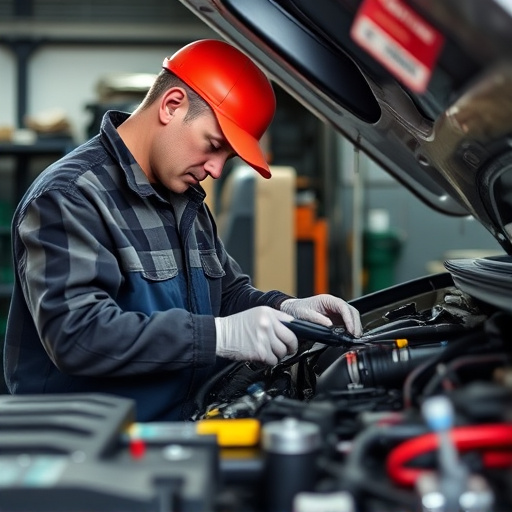
Digital frame measuring tools are essential components for professionals in various industries, including automotive and bodywork sectors. These innovative software and hardware solutions enable precise measurements of vehicle frames, panels, and structures, which is crucial for accurate repairs and restoration work. By utilizing digital technology, auto body shops and collision repair centers can achieve remarkable efficiency and accuracy in their processes.
In the context of auto repair services and automotive collision repair, these tools play a pivotal role. They streamline the initial assessment phase, allowing technicians to quickly capture detailed measurements of damaged areas. Unlike traditional measuring tapes or rules, digital frame measuring systems offer advanced features like 3D scanning, image processing, and data analytics, ensuring every dimension is captured accurately. This not only facilitates faster repairs but also contributes to achieving a seamless finish, comparable to the original vehicle condition, in auto body work.
– Types of software and hardware available
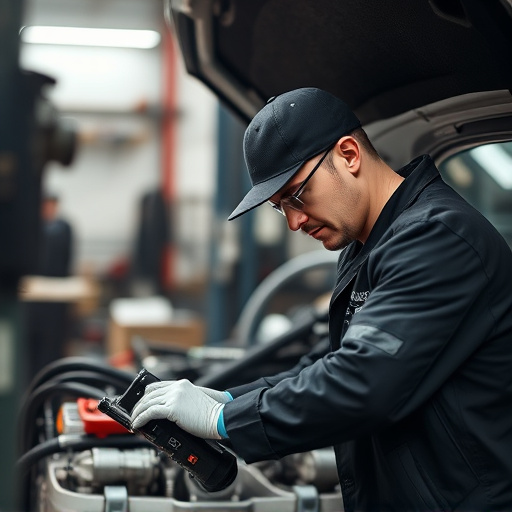
In the realm of digital frame measuring, a plethora of options exist for both software and hardware solutions, catering to diverse needs and budgets. Software applications vary from simple, user-friendly tools ideal for DIY enthusiasts and small businesses, to complex, feature-rich programs used by professionals in industries such as auto body restoration and auto maintenance. These digital frame measuring software often come with advanced functions like precision grid alignment, real-time measurements, and the ability to export data in various formats.
Hardware options range from basic, manual rulers and calipers to sophisticated digital measurement devices equipped with Bluetooth connectivity, allowing for wireless data transfer and cloud storage. For professionals engaged in auto collision repair, investing in high-end hardware that seamlessly integrates with their software can significantly enhance accuracy and efficiency. These tools often boast capabilities such as angle measuring, distance sensing, and even non-contact measurements, making them indispensable assets in both workshop and field settings.
When it comes to digital frame measuring, both software and hardware solutions offer unique advantages. Software options provide flexibility and accessibility for on-screen measurements, while hardware tools excel in precision and speed for physical frames. Depending on your needs—whether it’s for graphic design, photography, or framing—choosing the right combination of these technologies can significantly streamline your workflow and enhance accuracy. By understanding the distinctions between digital frame measuring software and hardware, you can make an informed decision to suit your specific requirements.



